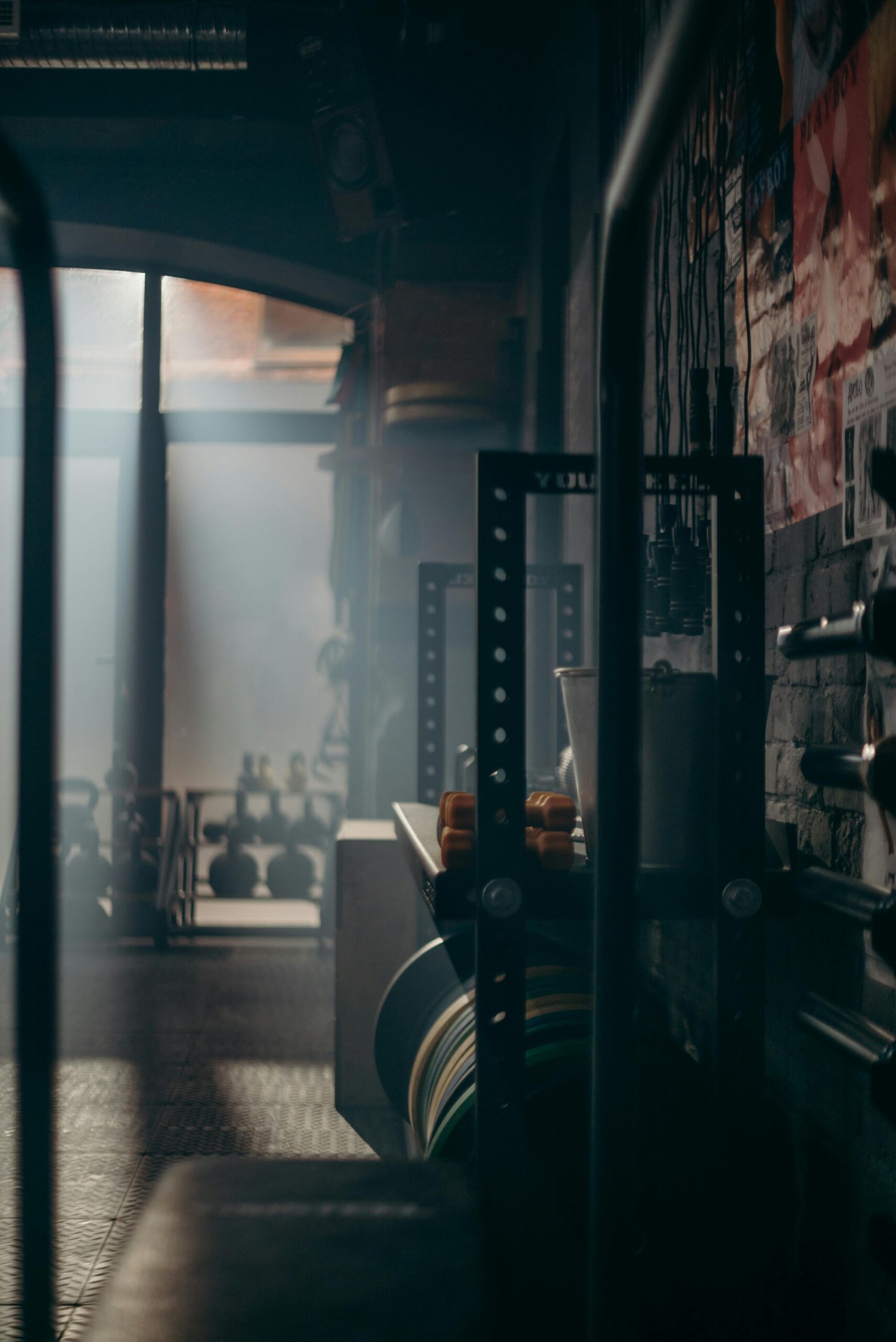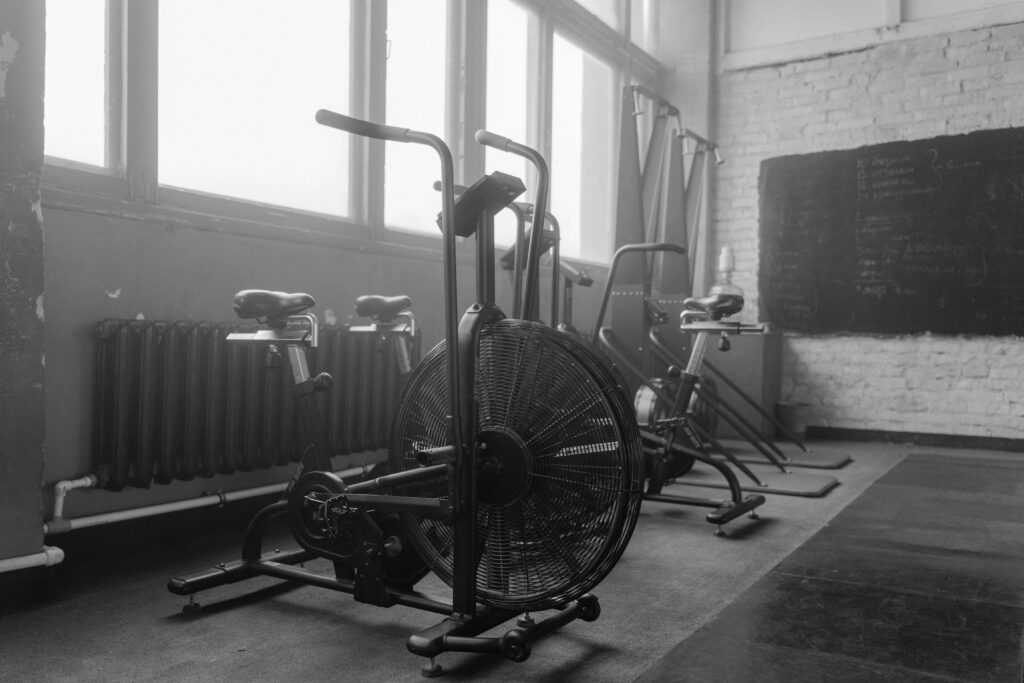
The Conjugate Method, popularized by Louie Simmons and Westside Barbell, has long been associated with elite powerlifting. However, its principles extend far beyond heavy lifting and have been successfully adapted in various athletic development settings, including football, baseball, and even CrossFit. This versatility makes it highly effective and for hybrid athletes, those seeking to balance strength, hypertrophy, conditioning, and athletic performance.
At its core, the Conjugate Method is a concurrent training system, developing multiple physical qualities simultaneously rather than focusing on one at a time. Unlike linear periodization, which emphasizes singular phases of strength, hypertrophy, or endurance development over extended periods, the Conjugate Method trains these qualities in parallel. This structure not only fosters balanced development but also mitigates plateaus, promoting continuous progress.
The method revolves around three primary training components:
| Training Method | Purpose | Sets | Reps | Rest | Exercises |
| Maximal Effort (ME) | Build absolute strength | 1-5 | 1-3 | 2:00 – 4:00 | Compound lifts: squats, deadlifts, bench presses |
| Dynamic Effort (DE) | Build speed and power under submaximal loads | 6-12 | 1-3 | 0:45 – 1:30 | Compound lifts: Squats, deadlifts, presses done at maximal speed and intent |
| Repetition Effort (RE) | Hypertrophy & muscular endurance | 3-5 | 6-15 | 0:30- 1:30 | Accessory lifts: presses, rows, hamstrings, arms |
This rotational structure allows continuous progress without plateauing by rotating exercises ever 1-3 weeks while targeting the full spectrum of strength and performance attributes.
Adapting the Conjugate for Hybrid Athletes
Adapting the Conjugate Method for hybrid athletes requires careful consideration of the balance between strength, power, and conditioning. Here’s how to intergrate these principles effectively:
Max Effort Days:
These sessions prioritize building maximal strength through heavy compound lifts, but also include variations that enhance athleticism and stability. Examples include:
- Safety squat bar squats
- Trap bar deadlifts
- Weighted chin-ups
- Weighted dips
Dynamic Effort Days:
Dynamic effort develops power and speed through submaximal weights performance with maximum intent. Use 50-70% of 1RM for barbell movements, and incorporate accommodating resistance (bands or chains) to enhance the force curve. Supplement with:
- Kettlebell Swings
- Box jumps or broad jumps
- Medicine ball slams or throws
- Rotational landmine presses
Repetition Effort Days:
Repetition effort training builds hypertrophy and resilience against injury. For hybrid athletes, its critical to emphasize controlled, higher-rep movements targeting joint health and muscle balance. Key exercises include:
- Unilateral Lower Body Work: Bulgarian split squats, reverse lunges, single-leg Romanian deadlifts
- Posterior Chain Development: Nordic hamstring curls, Romanian deadlifts, glute-ham raises, and back extensions.
- Shoulder Health: Face pulls, banded external rotations, YTWs, and prone trap raises.
- Core stability and Anti-Rotation: Pallof presses, half-kneeling landmine presses, farmers and suitcase carries, and side planks.
Conditioning Integration
Conditioning is essential for hybrid athletes, as it supports performance across energy systems. By implementing diverse conditioning methods, you can optimize endurance, recovery, and power. Here’s a breakdown of key conditioning approaches:
| Training Method | Targets | Guidelines | Rest | Volume | Frequency | Purpose | Exercises |
| Cardiac Output Method | Increase cardiac output, eccentric hypertrophy, vascular network, slow twitch fibers | HR 120-150 bpm, low resistance, sport-specific drills or cardio exercises | 30-90 min, steady-state work | 30-90 minutes per session | 1-3 sessions/week | Expands the left ventricle, increasing stroke volume and lowering HR. Avoid >150 bpm. | Any low intensity, low pressure exercise such as jogging, biking, swimming, etc. |
| Cardiac Power Intervals | Increase cardiac strength, oxygen delivery, cardiac mitochondria | 60-120s per rep, max HR, high velocity, sport-specific drills | 2-5 min rest between reps | 4-12 reps per session | 1-2 sessions/week | Enhances endurance at high HR, complementing cardiac output adaptations. | High intensity exercise such as sprinting, air bike, and high intensity sport specific drills |
| Tempo Method | Oxidative abilities of fast twitch fibers, slow twitch fiber hypertrophy | 4-5 sec per rep, 8-10 reps per set, no rest pause, constant breathing | 30-40 sec between sets | 3-5 sets per exercise | 1 session/week | Increases oxygen utilization and lactate oxidation, causing local hypoxia for hypertrophy. | Any major compound multi joint movement can be used such as squats, bench press, deadlifts, RDL, pull- up/downs, bent over rows, etc. |
| Threshold Training | Max rate of oxygen utilization, oxidative abilities of fast and slow twitch fibers | HR near anaerobic threshold, circuit style or sport-specific drills | 1-3 min between reps | 3-10 min per rep | 1-2 sessions/week | Enhances aerobic power and anaerobic threshold. | Any cardiovascular exercise can be used along with various sport specific drills. |
| High Resistance Intervals | Power of alactic system, oxidative abilities of fast twitch fibers | 10-12 sec per rep, HR below anaerobic threshold, max intensity | 8-10 min between series | 6-10 sets per series, 2-6 series total | 1-2 sessions/week | High power output maintained longer by improving mitochondria in fast twitch fibers. | Uphill sprints, sled drags, spin bike or cardio machines capable of high resistance. |
| Explosive Repeat Method | Rate of aerobic recovery, fast twitch oxidative capacity | Increase work and decrease rest each week 8-20sec work per set | 30-60sec rest per set 8-10min active rest between series and exercises | 6-10sets per series 2-6 series per workout 1-3 exercises per workout | 1-2 sessions per week Wk1- 8-10s work:60s rest Wk2- 10-12s work:40s rest Wk3- 12-14s work:30s rest | Enhances fast twitch recovery and power output by improving lactate oxidation. | Lower Body: Squat jumps and split squat jumps with KB or BB Upper Body: Explosive push ups or bench press |
Why Hybrid Athletes Should Use the Conjugate Method
One of the biggest benefits of the Conjugate Method is its flexibility. Unlike linear periodization, where missing a single workout, or even a week, can derail an entire training block. The Conjugate Method is designed to adapt. Because it trains multiple qualities simultaneously (strength, hypertrophy, power, and conditioning), you won’t lose progress in one area if life throws you off track. You can pick up where you left off without compromising the balance of your development.
For hybrid athletes balancing strength, aesthetics, and conditioning, this approach provides a more forgiving framework, accommodating unpredictable schedules while maintaining steady progress. Whether you’re an everyday athlete juggling work and family or competing in a hybrid event like HYROX, the Conjugate Method ensures no area is neglected, even when life gets in the way.
By combining structured maximal and dynamic strength work, hypertrophy-focused accessory training, and energy system-specific conditioning, the Conjugate Method allows for sustainable, long-term progress without the rigid constraints of more traditional programming.
What’s Next? Building Your Hybrid Program
Now that you understand the principles of the Conjugate Method and how to adapt it for hybrid athletes, it’s time to put theory into practice. In Part 2, we’ll break down:
- Weekly programming schedules
- Exercise selection
- Conditioning integration
- How to maximize performance across all domains.
Stay tuned for the next installment, where we’ll help you build a complete Conjugate-based program for hybrid athletes!




